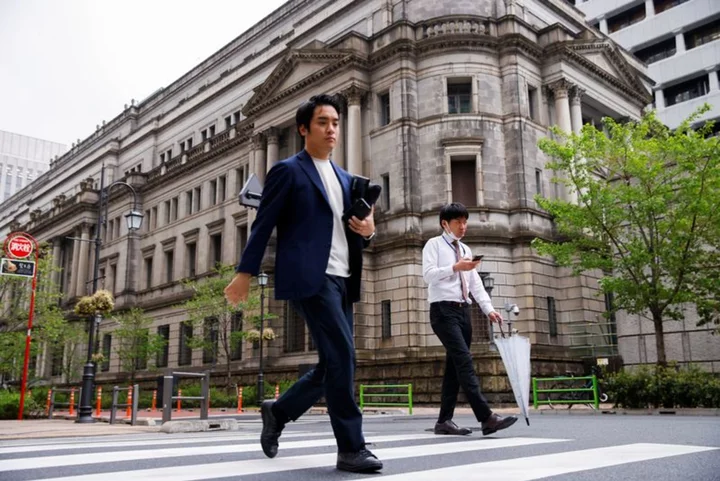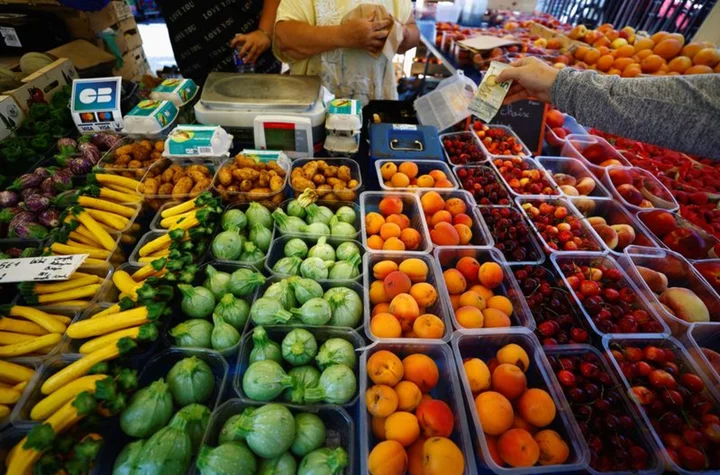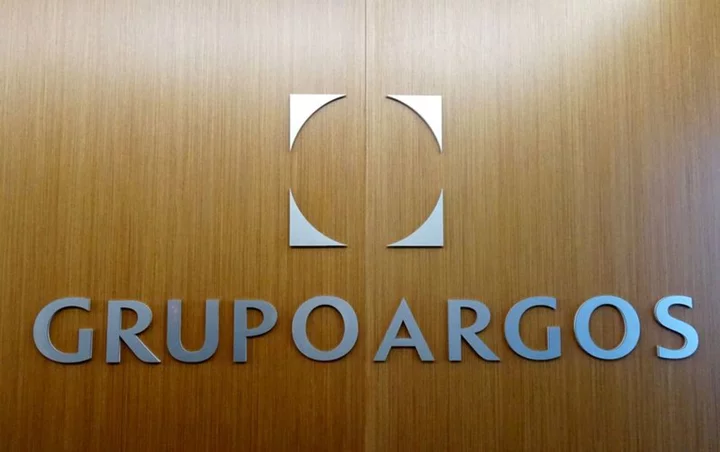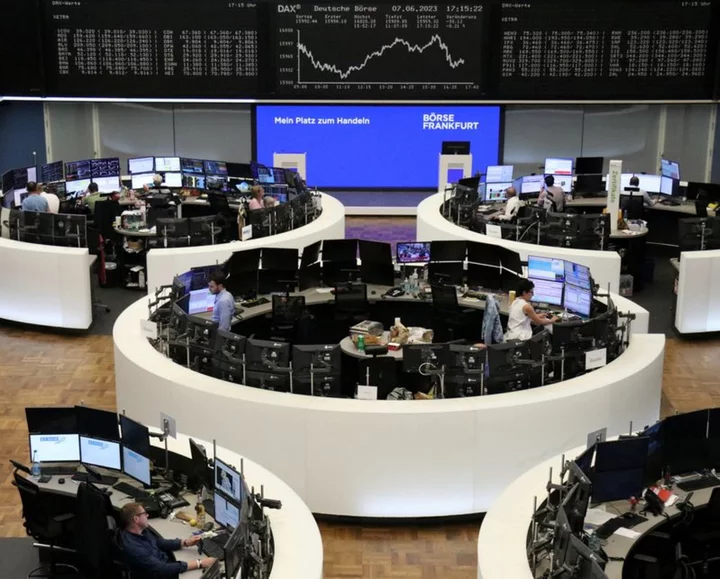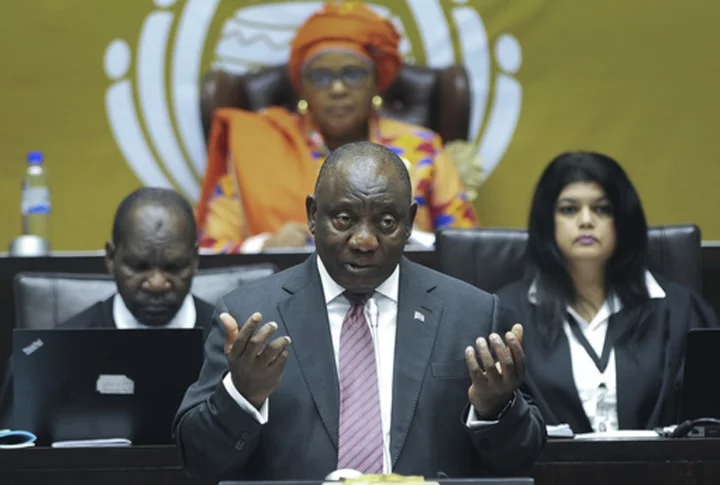TOKYO Japan's economic output ran above full capacity in April-June for the first time in nearly four years, a government estimate showed, suggesting that conditions for ending its ultra-low interest rates could be falling into place.
The output gap, which measures the difference between an economy's actual and potential output, grew 0.4% in April-June to mark the first increase in 15 quarters, according to the estimate released on Friday.
The reading shows the world's third-largest economy is making a delayed but steady recovery from the COVID-19 pandemic's wounds, as the removal of anti-virus curbs and the spending of savings accumulated during the crisis underpin consumption.
A positive output gap occurs when actual output exceeds the economy's full capacity, and is considered a sign of strong demand that typically puts upward pressure on prices.
The data is among factors the Bank of Japan scrutinises in gauging whether economic growth and domestic demand are strong enough for Japan to sustainably hit its 2% inflation target.
In July, the BOJ heralded the start of a slow shift away from decades of massive monetary stimulus, allowing the country's interest rates to rise more freely in line with increasing inflation and economic growth.
(Reporting by Kaori Kaneko and Leika Kihara; Editing by Kim Coghill)

